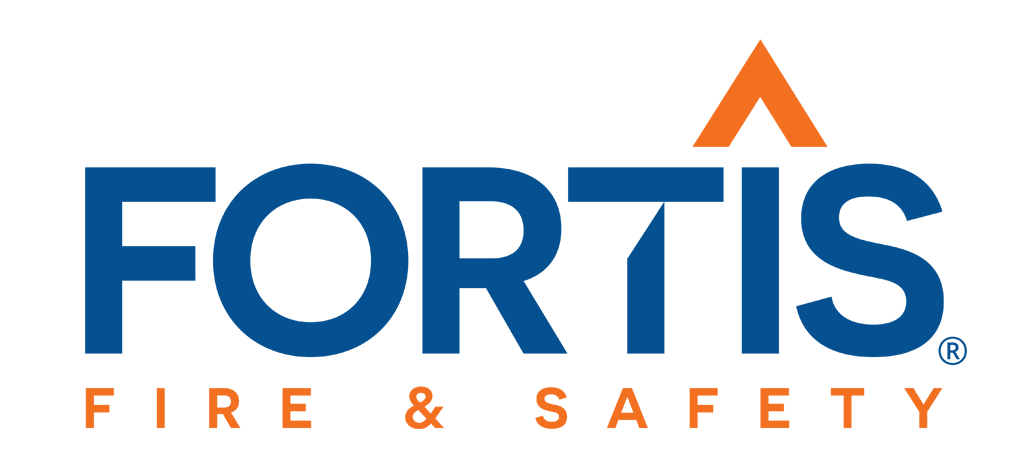How do Fire and Life Safety Companies get Acquired by Fortis?
As the business owner thinking of selling your fire and safety company, you may be asking yourself: “How does the acquisition process work? How long will it take? How will my team be supported after the acquisition?”
Interested in learning more? Read on to learn how companies are acquired by Fortis, our process, and how we support people post-acquisition.
First, Let Us Introduce Ourselves
Fortis is the next generation of fire protection companies. We are technologically forward-thinking, flexible, and dedicated to our people. We take a long-term view, investing in our people, growth, quality of service, and innovation.
Now, let’s discuss our acquisition process.
Our Acquisition Process
Our process is designed to move at your pace and can close as quickly as eight weeks. The breakdown looks like this:
- Week One: Get to Know Fortis
- Week Two: Financial Evaluation
- Week Three: Letter of Intent
- Week Four: Due Diligence Begins
- Weeks Five Through Eight:
- Financial, Operational, and Tax Due Diligence
- Site Visit
- Legal Due Diligence and Documentation
- Deal closed and funds transferred!
Learn more about our process here.
Fortis is People First: How We Support Your People Post-Acquisition
Supporting companies in their growth initiatives is one of our top priorities at Fortis. When new companies are acquired by Fortis we think of it as an opportunity to take the best of their culture, expertise, and experience and weave it into the shared Fortis culture.
We’re focused on providing opportunities for you and your employees, and this can be seen through our following initiatives:
Investment in People
As part of our journey to build a world-class company, we invest in training and developing our people. We provide them everything necessary to have a long, successful career in the fire protection services industry including apprenticeships, certifications and licensing.
Career Progression and Opportunity
Growth fuels opportunities to take on more complex projects and responsibilities, develop into senior roles and earn more.
Benefits and Compensation
We provide competitive wages and a comprehensive benefits package that includes health and welfare benefits, income replacement options, and a retirement savings plan.
In Fire Protection and Thinking of Selling? Consider Fortis
At Fortis, we believe in stewarding you through the process of selling your business. We understand what it takes to run a successful fire and life safety business. We want to create greater opportunity and success for the business you’ve poured everything into.
Read on to learn more about selling to us.
Interested in selling your fire protection company? It doesn’t hurt to talk. Reach out to our VP of Business Development, Jeremiah Crocker, for an initial evaluation to see if selling to Fortis is right for you!











